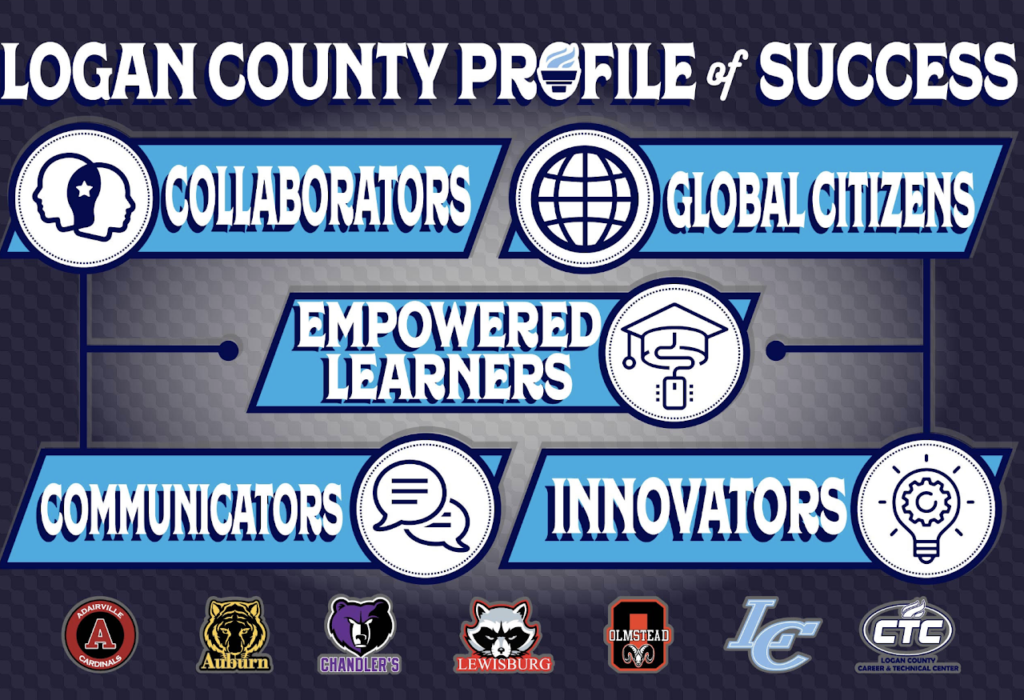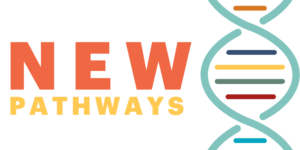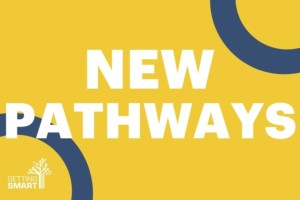The Tail is Wagging the Education System
Key Points
-
Given the staggering number of students who are not well-served by the efficiency-focused college admissions process for a small number of elite universities, it is time for us to redefine success, prioritize authentic learning, and offer relevant pathways.
-
This ensures that all students know who they are, thrive and community and actively engage in the world as their best selves.

By Dr. Katie Martin and Dr. Devin Vodicka
In a recent workshop a teacher reflected, “Everything we do is focused on getting students to go to college.” When asked how many students go to college she shared, “usually about 30%.” The next question might be what you are also wondering: What is the plan for the other 70%? “Well,” she acknowledged, “we don’t really talk about that.”
You might be assuming this is an anomaly. How could a school, a state, or a country set up a system that only serves 30% of the population without acknowledging and serving the majority of students? We decided to look at the data for college preparedness and found out that this school’s 30% of students going to college was, in fact, below the national average. Unfortunately, it wasn’t by much.
Nationally, the data shows that 43% of students go to college, which means that the focus in most high schools to get good grades, take AP classes, and earn high scores on standardized tests such as the ACTs or SATs to get into college does not serve the majority of students. Worse yet, only a select few attend elite colleges with such competitive requirements.
The truth is that college matriculation rates vary widely throughout the country. In contrast to the teacher whose school only had 30% of students going to college, there are many schools that have 70% of students go on to college. We don’t intend to dismiss this, but the reality is that college isn’t the plan for all students. And even if it is, elite institutions aren’t the plan for most students. Given this reality, there are opportunities to improve pathways for all students, including those who do go to college, so that we better prepare every young person for their future.
When we engage in authentic conversations with students, families, and educators about what they really want for the future, we hear about the importance of relationships, health, happiness, and contribution.
Dr. Katie Martin and Dr. Devin Vodicka
Most Colleges Accept A Majority of Their Applicants
Out of the some 2,000 accredited four-year colleges featured on CollegeData, only about 50 of them routinely admit fewer than 30 percent of applicants, qualifying them as highly selective universities. These schools include Harvard, Stanford, MIT, Princeton, and Yale. In terms of the total population of adults, these selective schools serve less than 2% of Americans.
So what this means is that if your heart (or your children) is set on one of these elite colleges, focusing on AP courses, perfect GPAs, high SAT or ACT scores, and extensive extracurriculars seems like a necessary path. However, for the other 98% of students, your chances to be admitted to the vast majority of colleges may actually be quite promising. Most colleges accept more than half of their applicants. The average acceptance rate for all four-year colleges in the U.S. is about 66 percent (or two thirds of applicants), according to a 2017 report from the National Association for College Admissions Counseling. This list includes well-known names such as St. John’s University in New York (67.7%), Virginia Tech (70.1%), Quinnipiac University (73.9%), the University of Missouri at Columbia (78.1%) and George Mason University (81.3%). It seems we confuse the prerequisites to getting into a college that is a good fit, proximate, and has reasonable admission criteria with the landscape for elite schools intentionally reserved for a select few.
Elite College Admissions For Few Drive K-12 Processes For Most
In spite of the reality that most colleges accept a majority of applications and college enrollment has been declining for a decade, the highly selective college admissions requirements of the tiny but influential network of “selective school” universities essentially establish the baseline process for the rest of the field. What’s more, the admissions procedures for these selective schools focus on efficiencies through standardization of the data, compelling the field to stick with seat-time-based courses, traditional letter grades, and tests like the SAT and ACT.
What does this mean? If less than 2% of students attend these selective universities, this data reinforces the uncomfortable reality that 52.2 million students aren’t served by K-12 schools that are largely organized around the needs of admissions criteria of this small number of highly selective universities.
Broadening The Path To Post Secondary Success
As educators and parents, we believe it is worth considering the adverse effects of this myopic focus on elite college admission requirements: High schools are plagued by increasing levels of pressure, late nights cramming for tests, increasing depression and anxiety … for what? Even at these selective colleges, the depression rates are alarming with studies indicating that “adolescents in high-achieving schools can suffer significantly higher rates of anxiety, depression, substance abuse and delinquent behaviors, at least two to three times the national average.”
When we expand our definition of success beyond getting into elite institutions to a plan for a prosperous life beyond K-12 that is built on the strengths, interests, values and aligned job prospects for young adults, we can improve student well-being and help all learners discover their unique potential.
The solution is to decouple our view of success with admissions into the small number of universities and to engage our communities in conversations about what matters most and collaborate to create multiple pathways that lead to success for all students, not just those who aspire to attend elite colleges.
Multiple Pathways Create More Access To Success
In our experience, when we engage in authentic conversations with students, families, and educators about what they really want for the future, we hear about the importance of relationships, health, happiness, and contribution. The process of clarifying what is most important in local communities has led to the development of inspiring new models such as the California State University San Marcos guaranteed admissions agreements with schools in North County San Diego as well as career pathways that leverage local interest-based learning opportunities within the community. Students can demonstrate progress toward their goals through meaningful performance assessment, learner portfolios, and defenses of learning aligned to a local profile of success.
Given the staggering number of students who are not well-served by the efficiency-focused college admissions process for a small number of elite universities, it is time for us to redefine success, prioritize authentic learning, and offer relevant pathways to ensure that all students know who they are, thrive and actively engage in the world as their best selves.
Dr. Katie Martin is the Chief Impact Officer at Learner-Centered Collaborative and the author of Learner-Centered Innovation and Evolving Education.
Dr. Devin Vodicka is the Chief Executive Officer at Learner-Centered Collaborative and the author of Learner-Centered Leadership.

Katie Martin








0 Comments
Leave a Comment
Your email address will not be published. All fields are required.